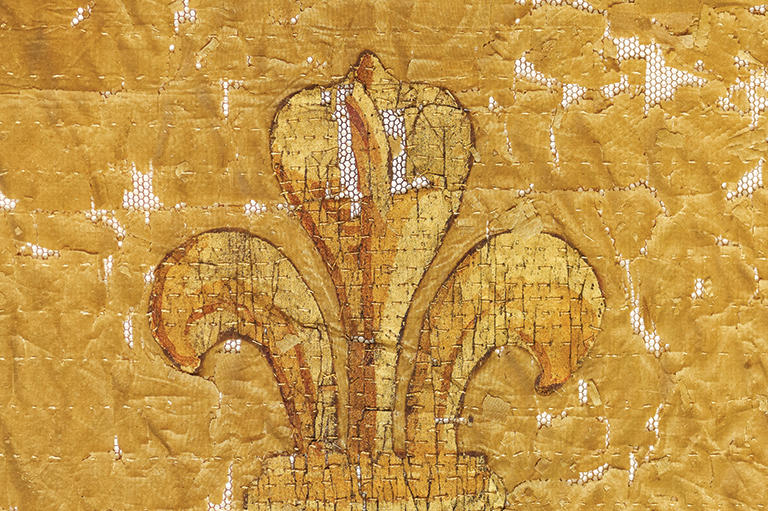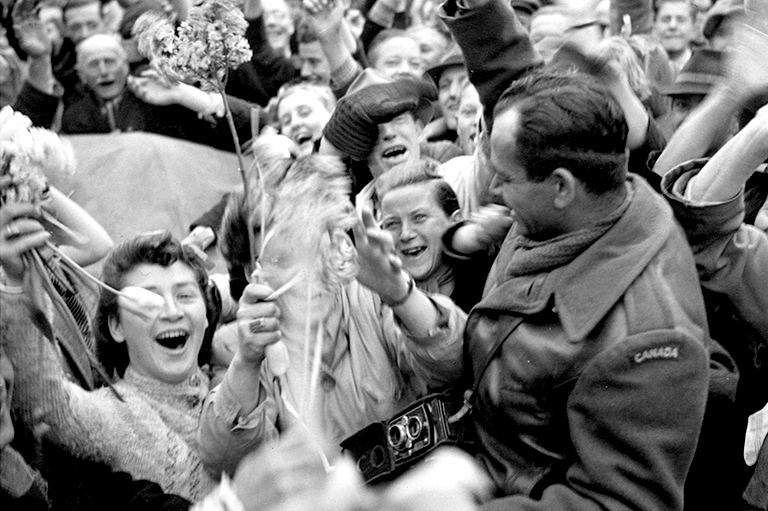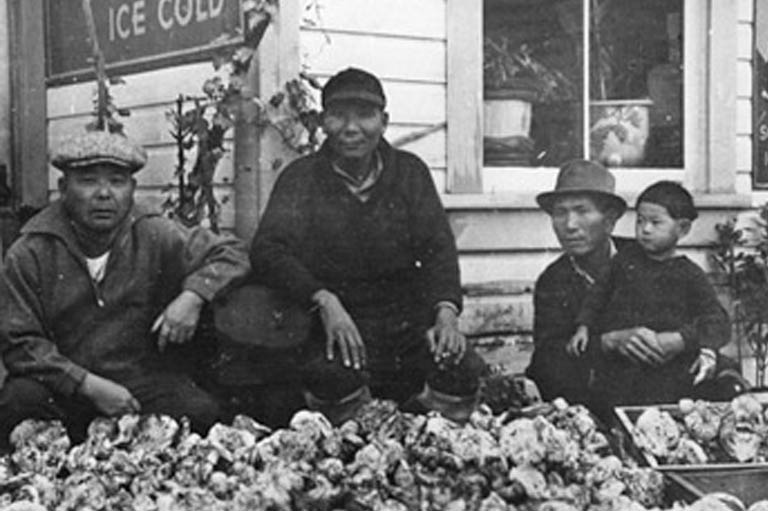French Infantry Flag
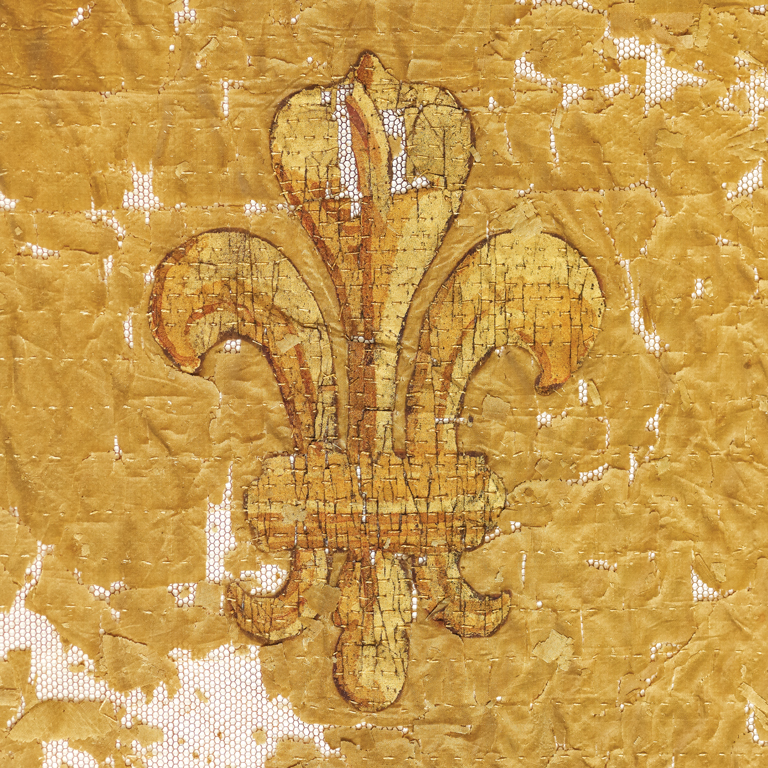
Near the end of the French regime in Canada, each battalion and regiment carried two replicas of its own distinctive flag. Made of taffeta and measuring approximately 1,6 metres on each side, the flags contained many colours but were often dominated by white, a symbol of France and of Catholic purity.
In the summer of 1759, French resistance against British attacks was concentrated around the cities of Quebec and Montreal. On September 13, the British General James Wolfe ordered his men to climb the cliff at Anse-au-Foulon — a daring move that allowed British troops to gain the advantage in the Battle of the Plains of Abraham. The defending French troops, Canadian militia, and Indigenous detachments — including Mi’kmaqs, Wolastoqiyiks (Maliseets), Abenakis, Potawatomi, Odawas, and Wendats — broke ranks under the English assault. This flag was likely abandoned on the battlefield.
The regimental flags were highly symbolic. During negotiations surrounding the capitulation of Montreal in September 1760, the British asked the French to surrender their arms — and their flags. The latter demand was contrary to the era’s military code of honour and deeply offended the French troops, who had fought with valour. The French General François-Gaston de Lévis even proposed making a final stand on the battlefield rather than submitting to this condition. On the night preceding the official French surrender, the standard-bearers of each battalion assembled and burned their flags, rather than submit to a humiliating handover of the colours.
The signing of the Treaty of Paris in 1763 put an end to the Seven Years’ War. New France was ceded to the British Crown, but the French Canadian habitants retained the right to practice the Catholic religion, and the preservation of French civil law was ensured by the Quebec Act of 1774.
Themes associated with this article
Advertisement
Aussi dans 50 merveilles de nos musées
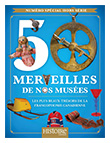
This special issue of Histoire Canada highlights beautiful treasures from Franco-Canadian communities across Canada. Available in French only.


